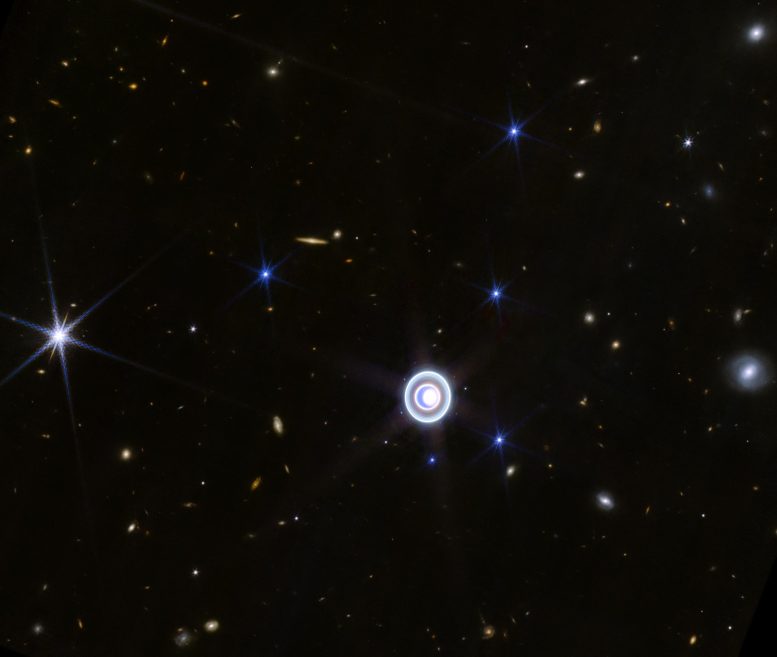
This image of Uranus from NIRCam (Near-Infrared Camera) on NASA’s James Webb Space Telescope shows the planet and its rings in new clarity. The planet’s seasonal north polar cap gleams in a bright white, and Webb’s exquisite sensitivity resolves Uranus’ dim inner and outer rings, including the Zeta ring—the extremely faint and diffuse ring closest to the planet. Credit: NASA, ESA, CSA, STScI
On December 18, 2023, the James Webb Space Telescope captured remarkable images of Uranus, revealing the planet’s intricate ring system and seasonal north polar cap, as well as observing bright storms near its southern cap.
The ice giant Uranus and its rings steal the show in this December 18, 2023, image from the James Webb Space Telescope. The telescope captured new images of Uranus, revealing detailed features of the planet’s rings and seasonal north polar cap, as well as bright storms near and below the southern border of the cap.
This Webb image also shows 14 of the planet’s 27 moons: Oberon, Titania, Umbriel, Juliet, Perdita, Rosalind, Puck, Belinda, Desdemona, Cressida, Ariel, Miranda, Bianca, and Portia. Webb’s extreme sensitivity also picks up a smattering of background galaxies—most appear as orange smudges, and there are two larger, fuzzy white galaxies to the right of the planet in this field of view.
Learn More: Webb’s Revolutionary View of Uranus’s Hidden Rings

Hubble’s 2021 view of Uranus imaged the planet’s northern hemisphere during its springtime. The increase in ultraviolet radiation absorbed from the Sun seems to be causing the polar region to brighten. Credit: NASA, ESA, A. Simon (NASA-GSFC), and M. H. Wong (UC Berkeley); Image Processing: A. Pagan (STScI)
About Uranus
Uranus, the seventh planet from the Sun, holds a unique position in our Solar System. It’s categorized as an ice giant, primarily due to its large size and its composition, which includes water, ammonia, and methane ice crystals, giving it a distinct pale blue color. Uranus was discovered by William Herschel in 1781, marking it as the first planet found using a telescope.
One of the most striking features of Uranus is its unusual tilt. The planet rotates on its side, with an axial tilt of about 98 degrees, possibly caused by a collision with an Earth-sized object long ago. This extreme tilt results in extreme seasons, each lasting about 21 years.
Uranus orbits the Sun at a distance of about 2.87 billion kilometers (1.78 billion miles) and takes approximately 84 Earth years to complete one orbit. Its atmosphere is mainly composed of hydrogen and helium, with a trace amount of methane that contributes to its blue color.
The planet also has a complex ring system, which was discovered in 1977, and a magnetosphere. Uranus has 27 known moons, with the largest ones being Titania, Oberon, Umbriel, Ariel, and Miranda. These moons are a mix of ice and rock, and some exhibit signs of geological activity.
Exploration of Uranus has been limited. The only spacecraft to visit the planet was NASA’s Voyager 2 in 1986, providing the bulk of our current knowledge about the planet and its moons. Uranus remains an intriguing subject for future space missions, as it holds many unsolved mysteries about the formation and evolution of our Solar System.

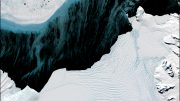
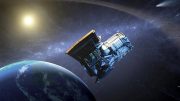



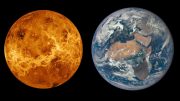
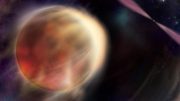
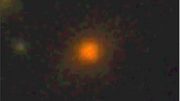
Amazing images of Uranus. One observation: the article mentions the seasonal effects on its pole, yet Earth being far closer to the sun, it’s “global warming” and “climate emegecies” instead of th seasons, axial tilt, seasonal precessions and our elliptical orbit, plus solar effects.